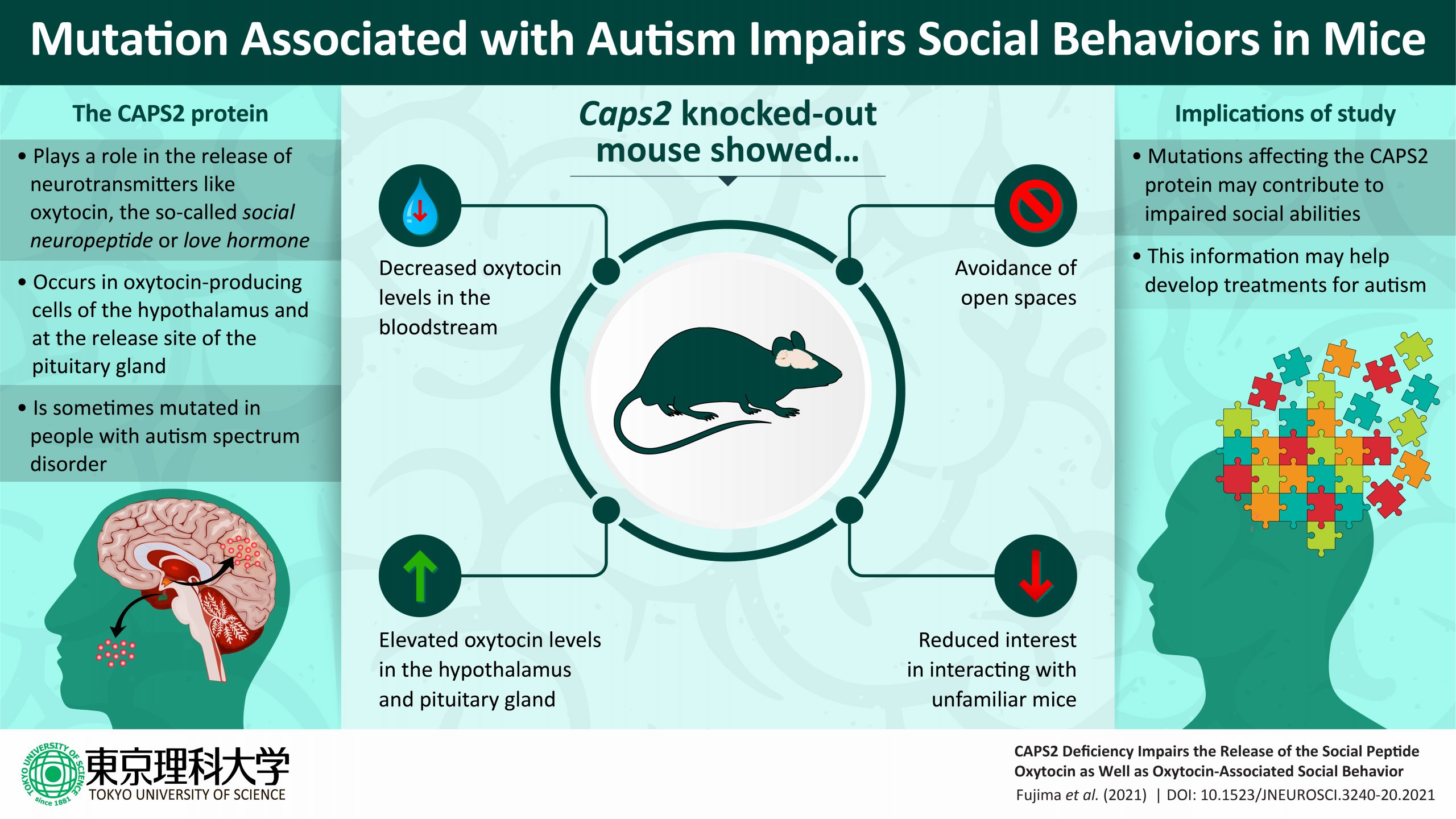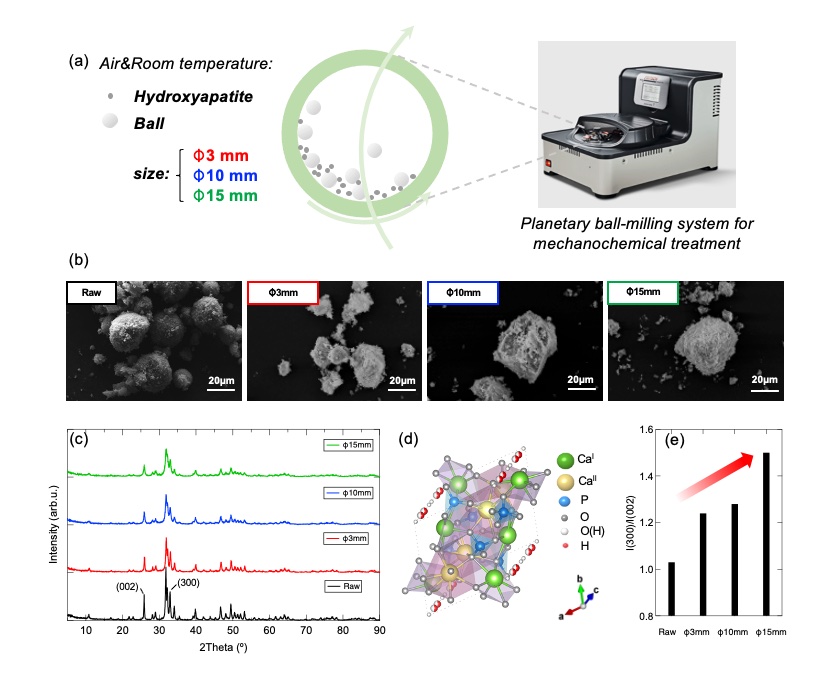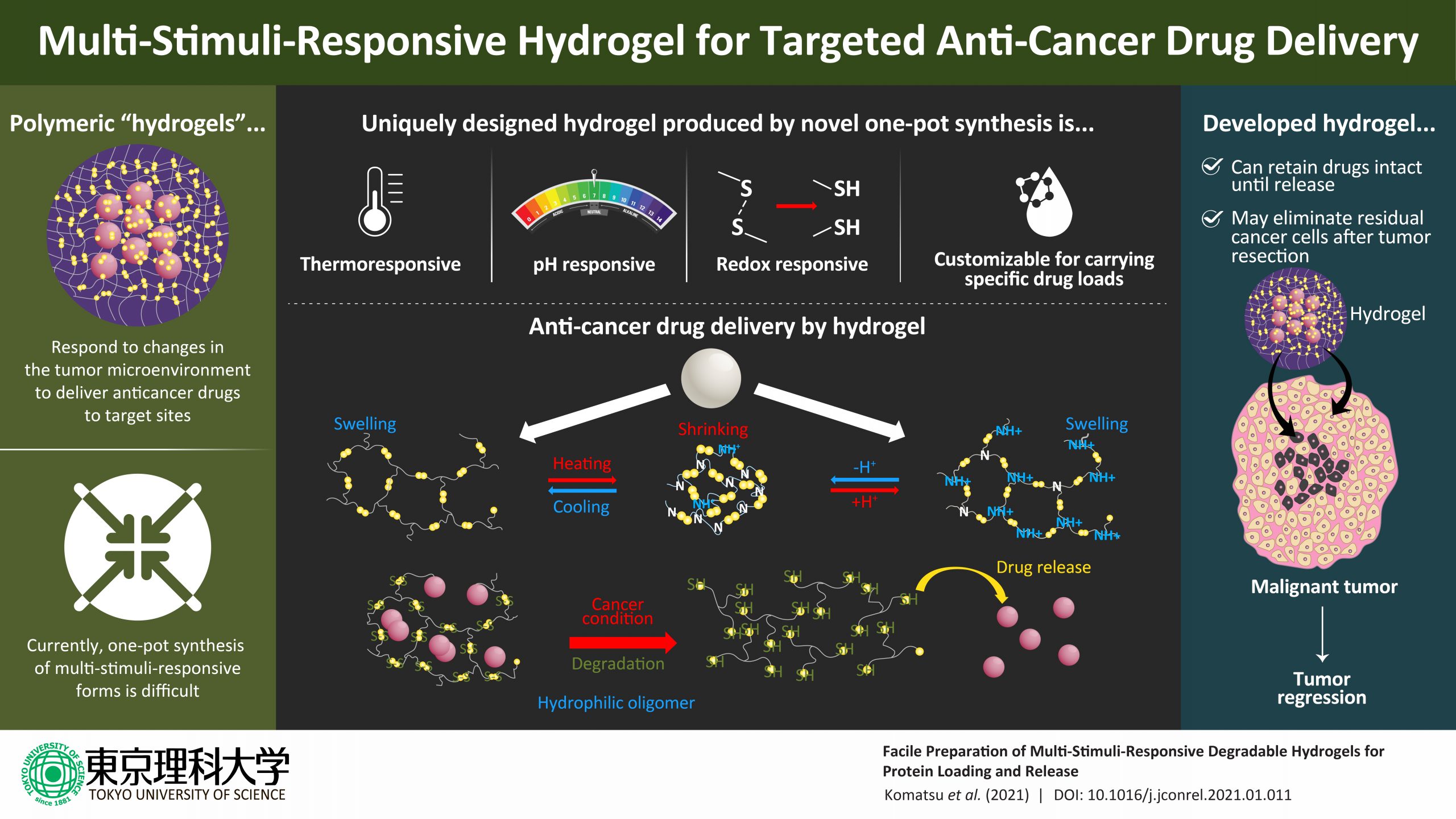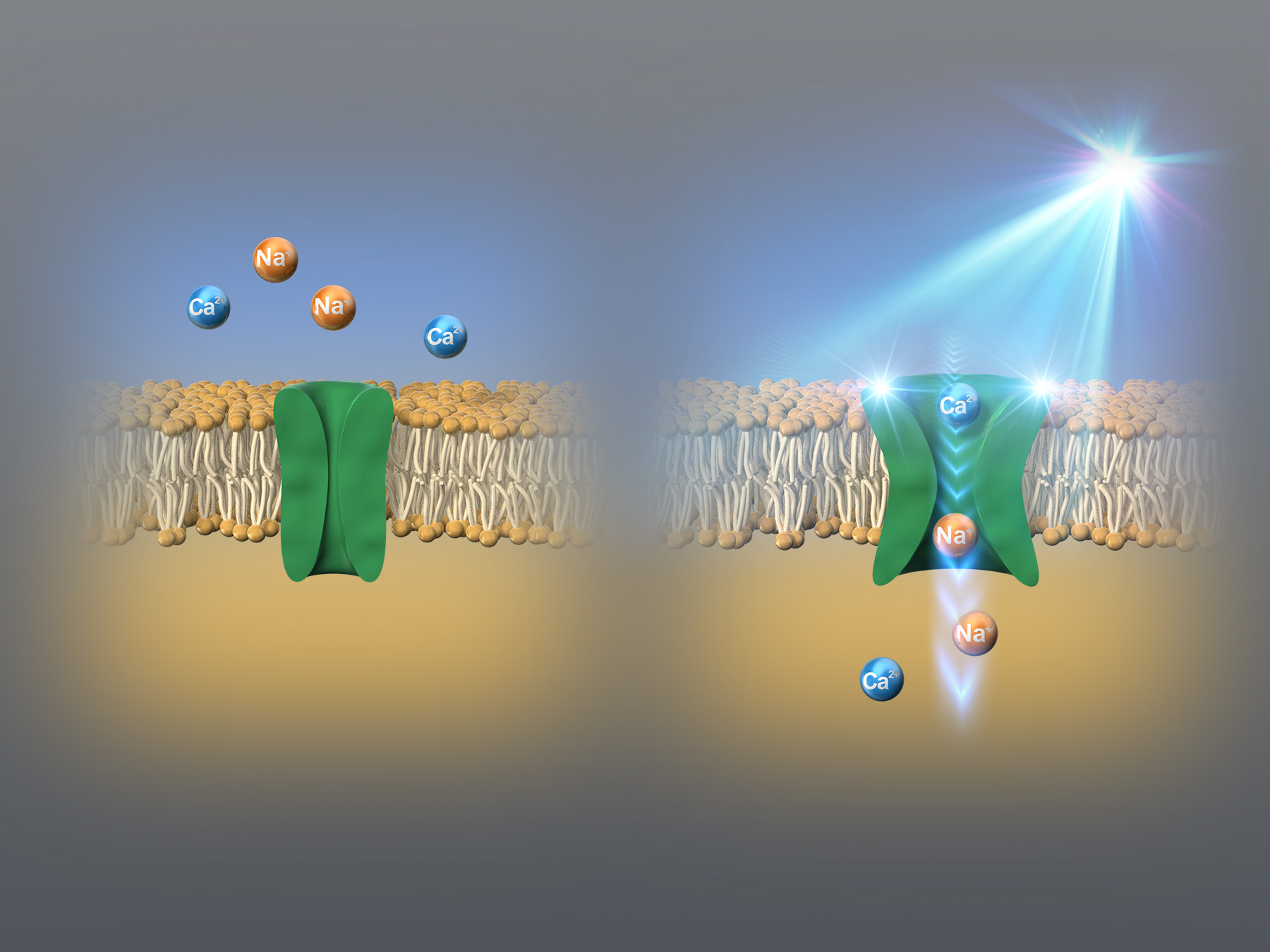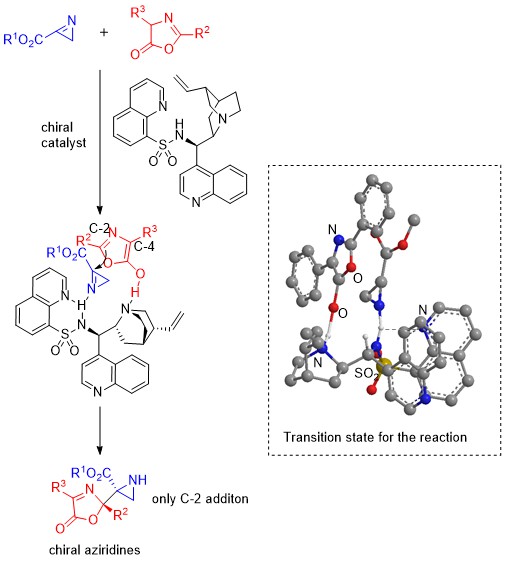With increasing public awareness of crises associated with degraded environments and mounting pressure to act, governments worldwide have begun to examine environmentally sustainable policies. However, there are many questions about whether enacting these policies will negatively affect economic growth. Now, a modelling study conducted by researchers from Tokyo University of Science and The Shoko Chukin Bank, Japan, published in the Journal of Cleaner Production, shows that it is possible to achieve economic growth
simultaneously with environmental preservation.
“There are existing models that look at how economies fluctuate under various conditions, such as differing environmental quality or tax rates, but these models haven’t examined the effects of implementing the kindergarten rule,” Prof. Hideo Noda, the study’s lead author, explained.
“So we thought it was important to extend the model and include a condition where the hypothetical society spends a part of its GDP to achieve zero emissions. Looking at emissions is also more tangible and easier to grasp than a vaguer concept of ‘environmental quality.”
The researchers used an economic model that allows for movement back and forth between two stages: a no-innovation phase and an innovation phase. The key to this model is the importance of innovation; previous models that focus on the environment and the economy did not account for innovation (e.g., research and development) as a major driver of economic growth in most developed nations. Acknowledging this connection is essential for improving our knowledge regarding how environmental problems and economic growth are linked.
When researchers included rules for the zero-emission society, the model indicated that it was compatible with economic growth (i.e., a sustained GDP growth), despite a portion of the GDP being dedicated to reducing pollution. For this to work, however, the model says that the GDP needs to be above a certain level.
Additionally, the amount of GDP allocated to lowering pollution must be flexible. Researchers also observed that under the no innovation phase, GDP growth is higher and the amount spent on pollution reduction decreases faster. In contrast, under the innovation phase, GDP growth is lower and the decrease in the amount spent combating pollution is also slower.
According to Prof. Noda, this work provides the important theoretical groundwork for policy, because currently, the relationship between zero emissions and economic growth isn’t well understood. “Yet, this topic is extremely relevant to any policy push for sustainability—for example, one section of the UN’s Sustainable Development Goals explicitly focuses on economic growth,” he explains.
“Our model should help persuade the leaders of some countries that it is feasible to reduce emissions without tanking the economy.”
That, Prof. Noda hopes, may in turn make leaders more eager to implement the changes that are urgently needed to address global environmental crises like climate change.




